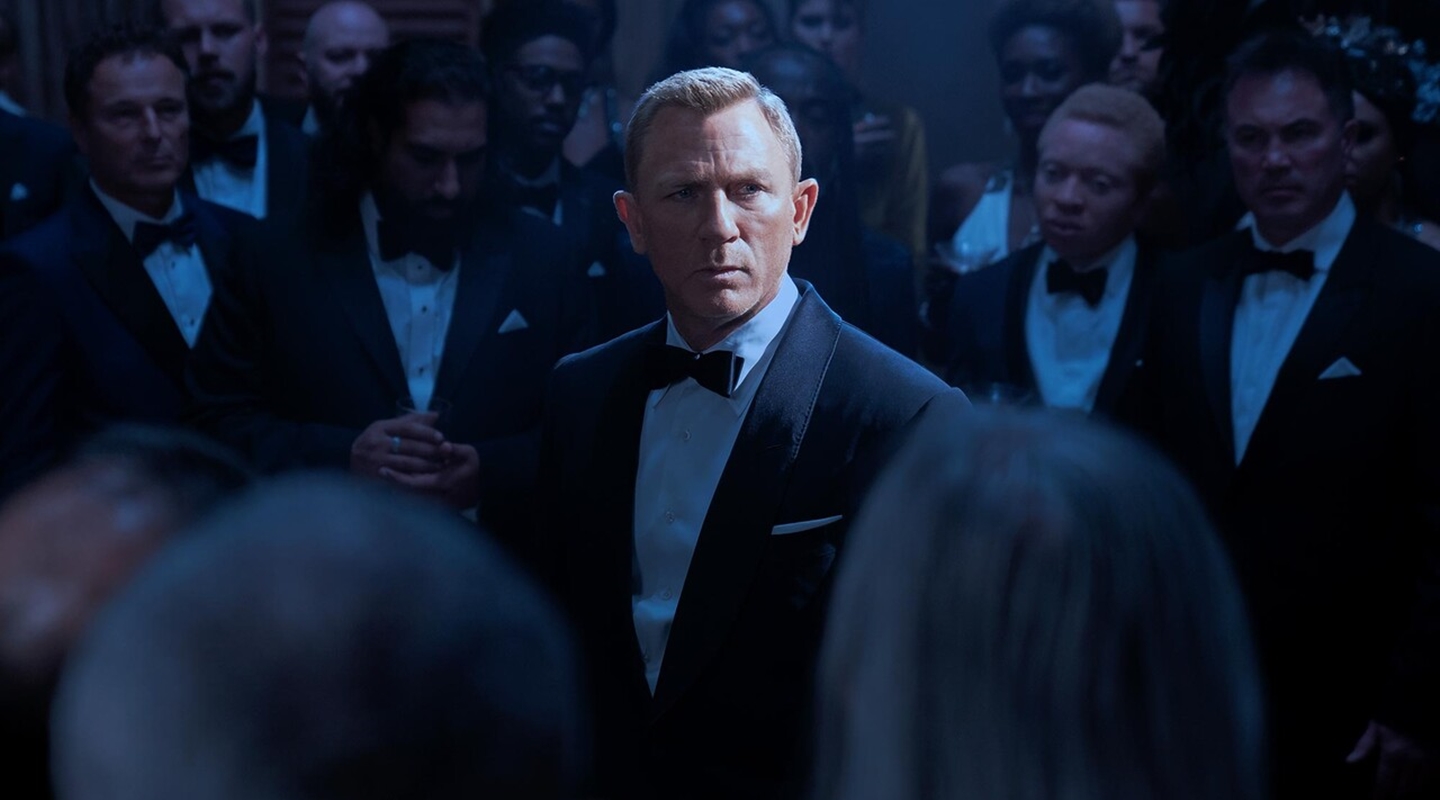James Bond 007: The Enduring Legacy of Cinema’s Greatest Spy
Since his cinematic debut in 1962’s Dr. No, James Bond 007 has become one of the most enduring and influential characters in film history. Created by British author Ian Fleming, Bond is the quintessential secret agent—suave, skilled, and unflinchingly loyal to Queen and country. With 25 official Eon Productions films spanning six decades, the franchise has continuously reinvented itself while staying true to its core identity: thrilling espionage, exotic locales, stunning gadgets, unforgettable villains, and, of course, the ever-iconic Bond himself.
Portrayed by seven actors—Sean Connery, George Lazenby, Roger Moore, Timothy Dalton, Pierce Brosnan, and Daniel Craig—James Bond has adapted to changing times while preserving his signature charm. Each actor brought a unique flavor to the role: Connery was the original and arguably the most charismatic; Moore leaned into humor and suave sophistication; Dalton portrayed Bond with emotional intensity and grit; Brosnan delivered a refined, high-tech Bond for the 1990s; and Craig redefined the character for the 21st century with raw physicality and psychological depth.

The Bond formula is well-established yet endlessly flexible. Each film sees 007 tackling high-stakes missions involving international espionage, betrayal, and world domination plots. He is armed with cutting-edge gadgets from Q Branch, briefed by the no-nonsense M, and frequently accompanied by Bond Girls—female characters who range from damsels in distress to competent allies. The franchise’s mix of high-octane action, sophisticated intrigue, and glamorous lifestyle has captivated audiences for generations.
Iconic villains are a hallmark of the series. From Ernst Stavro Blofeld of SPECTRE to Le Chiffre, Alec Trevelyan, and Raoul Silva, Bond’s enemies are as memorable as the hero himself. These antagonists often represent existential threats—not just to Bond, but to global stability. The constant battle between order and chaos, justice and revenge, is at the heart of every Bond film.
Another defining feature is the theme music. The instantly recognizable Bond theme by Monty Norman and the tradition of pop stars performing opening songs—ranging from Shirley Bassey’s “Goldfinger” to Adele’s Oscar-winning “Skyfall”—has become part of the franchise’s cultural identity. Combined with bold title sequences and sleek cinematography, Bond films are both visual and auditory experiences.
Daniel Craig’s tenure, beginning with Casino Royale (2006), marked a significant tonal shift. The films became grittier and more serialized, exploring Bond’s backstory, vulnerabilities, and emotional scars. Skyfall (2012) even delved into themes of aging, legacy, and the cost of loyalty. Craig’s final film, No Time to Die (2021), concluded his arc with surprising emotional weight, redefining what a Bond film could be.
As fans await the next chapter in the franchise, speculation abounds about who will wear the tuxedo next. Regardless of casting, James Bond’s legacy is secure. He has survived the Cold War, post-9/11 politics, and the rise of cinematic universes, remaining a symbol of sophistication, resilience, and British cool.

In conclusion, James Bond 007 is not just a spy—he’s a cinematic legend. With his martinis, Aston Martins, and license to kill, Bond continues to define what it means to be an action hero in a world where danger lurks behind every corner.

-1751938747-q80.webp)
